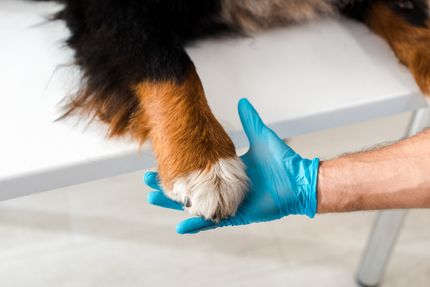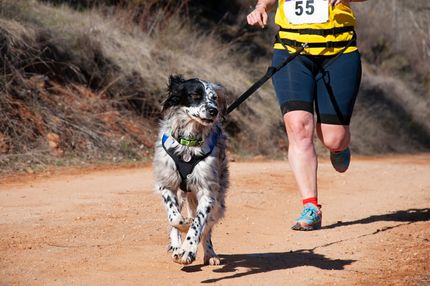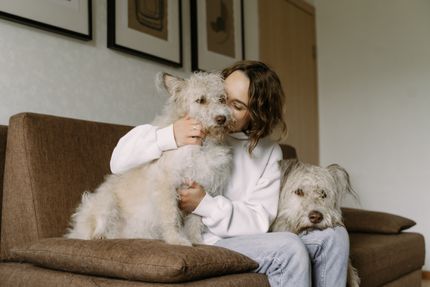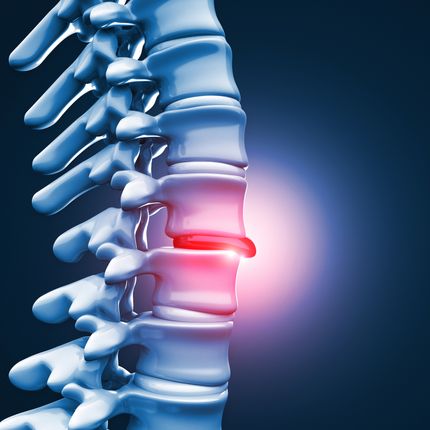Diabetes in dogs - how to recognize and treat diabetes in your dog
Diabetes is an extremely common disease in our society. It is often known as "diabetes mellitus" or "diabetes". If diagnosed early, it can be well managed and treated with appropriate medication. However, besides us humans, our beloved four-legged friends can also get diabetes. In this article, we would like to take a closer look at the topic of "diabetes in dogs" and explain how you can recognize diabetes in your dog and treat it successfully.
Basics and causes of diabetes
Basically, diabetes in dogs is similar to diabetes in humans. There are basically two different types of the disease, namely:
- Type 1 diabetes
- Type 2 diabetes
Type 1 diabetes means that the body of your four-legged friend no longer produces insulin and is therefore dependent on appropriate injections. A type 2 disease, on the other hand, indicates a disturbed insulin secretion. Insulin is an important hormone that is produced in the pancreas and is necessary for an intact and well-functioning metabolism. For this reason, diabetes is also called a metabolic disease, as it can cause what is called a metabolic derailment. If your dog suffers from one of the two types of diabetes mentioned, this will inevitably affect the metabolism of your animal. The protein, fat and carbohydrate metabolism are particularly affected.
The causes of diabetes can be completely different. In many cases, the disease is genetically determined and then appears in the later course of an animal's life. It is striking that bitches are on average four times more often affected than males. Another cause may be due to faulty nutrition and a resulting obesity of the dog. Other pre-existing conditions that eventually lead to diabetes are also conceivable.
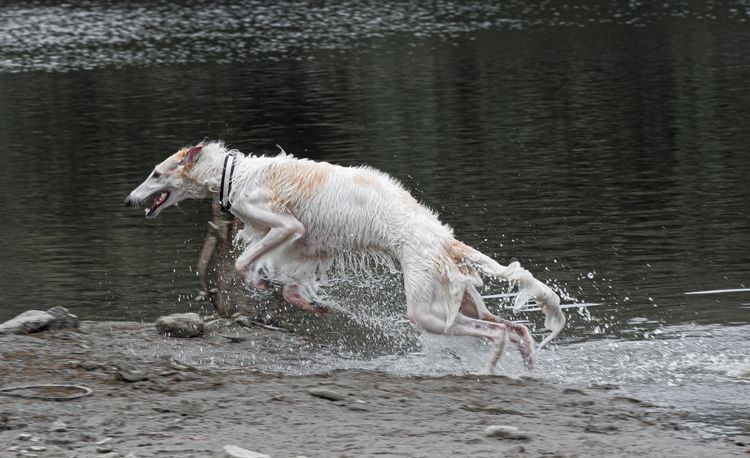
Symptoms and diagnosis of diabetes
There are a number of different symptoms that can indicate diabetes. Particularly common symptoms are constant hunger and a noticeable craving for fluids. Since the metabolism of the affected dogs does not function as usual, the required nutrients do not reach the brain. Accordingly, the body sends a very clear signal, namely hunger, which is why dogs can be plagued by constant hunger. In addition, diabetes in dogs often manifests itself through sluggishness and lack of energy, as the animals' bodies cannot be optimally supplied. Due to the insufficient amount of insulin, proper conversion of glucose into energy is not possible. Instead, the excess glucose is excreted in the urine. Frequent urination can thus be another indication that a dog is suffering from diabetes. To counteract dehydration, affected four-legged friends often drink a noticeable amount of water throughout the day. Other possible symptoms include:
- dull, lacklustre coat
- excessive hair loss
- weight loss
If some of the symptoms mentioned apply to your dog or if you notice changes and abnormalities in your pet's behaviour, it is advisable to consult a vet. With the help of a large blood count and a urine analysis, he can find out whether your four-legged friend has diabetes, diagnose it at an early stage if possible and start treatment.
Therapy and prevention of diabetes
In order to be able to treat diabetes in dogs in the best possible way, daily insulin injections unfortunately play a very decisive role in addition to the right diet and exercise. After a veterinarian has diagnosed the disease, he will create an individual therapy plan for the affected dog to be applied by the owner. For example, many dogs are given a diet plan to reduce excess weight. However, if the diabetes has caused a reduction in weight, the first step would be to return the dog to normal weight.
In addition, two insulin injections a day are usually needed to regulate the dog's blood sugar levels. This also requires regular monitoring of blood glucose and adjustment of the daily dosage if necessary. Initially this can be a real challenge, but with the right support and a little patience, a routine will soon be established.
Unfortunately, there is no secret recipe for preventing your dog from developing diabetes in the course of his life. However, in order to counteract this disease in the best possible way, you should always ensure that your four-legged friend has a balanced and healthy diet and that he gets enough exercise. In this way you can effectively prevent overweight and obesity and thus significantly reduce the risk of diabetes.






































